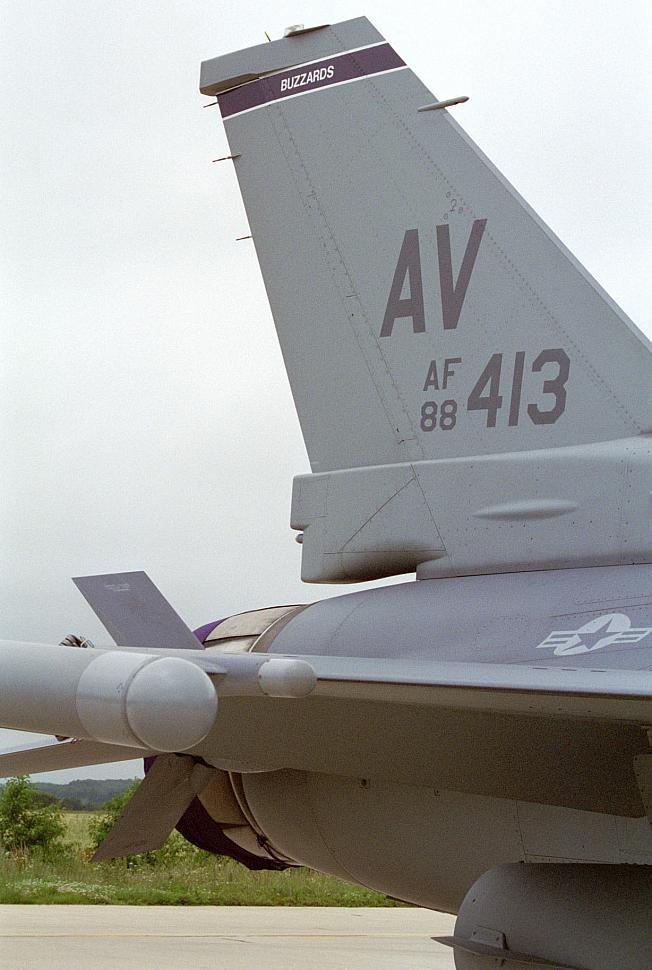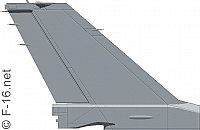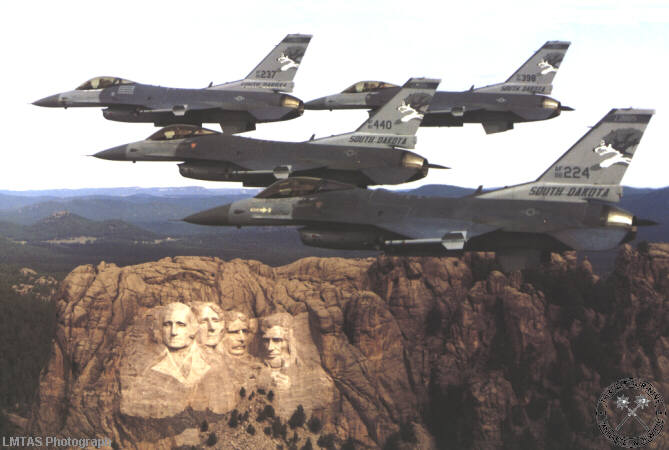History
Under the Alternative Fighter Engine (AFE) program, the USAF decided to adopt an alternative engine for the F-16, splitting engine orders between Pratt & Whitney and General Electric. As originally planned, with each new fiscal year, a new set of engine orders would be issued. Competition between these two companies would, it was hoped, keep prices down, and having a second source would help to ensure a steady supply of engines.
The two USAF candidates were the General Electric F101 DFE (now redesignated F110) and a revised Pratt & Whitney F100, known as the F100-PW-220. In February 1984, the USAF announced that General Electric had been awarded 75 percent of the total engine contracts for the FY 1985 run of F-16 fighters, while the remaining FY 1985 F-16s would use the upgraded Pratt & Whitney F100. The F110 was to be phased into the General Dynamics production line as soon as production engines became available, but it was agreed that individual USAF F-16 units should never operate a mix of engine types, the choice of engine being made at the wing level.
Structure & Avionics
The Block 30/32 (sometimes referred to as MSIP Stage III) aircraft were the first F-16s to appear with the common engine bay, able to accept either the F100 (block 32) or the F110 (Block 30).
The F110 provided 5,000 pounds more thrust than the F100, and required a larger amount of air. This in turn required that the area of the air intake be increased. However, this change was not made at first, and early F-16C/D Block 30's are "small inlet" aircraft (e.g. the US Navy's F-16N's). The large inlet became the standard for F110-powered Fighting Falcons from F-16C Block 30D #86-0262 onward (the so-called "Big-mouths"). The large inlet is referred to as the "modular common air intake duct". The Pratt&Whitney-equipped Block 32 aircraft all have the smaller inlet, called a "normal shock inlet", the proverbial exception to the rule being the VISTA F-16. Unfortunately, air intake shapes could not be standardized on the production line because the lower-thrust F100 engine could not accommodate the additional air.

Block 32 F-16C's have the P&W F100-PW-220 engine, which offered a thrust of 23,770 pounds. It was slightly less powerful than the F100-PW-200, but was much more reliable and less prone to stagnation stalling. In addition, the inlet of both variants, always a major contributor to the F-16s radar cross section (RCS), has been specially treated with several radar absorbing material (RAM) coatings, which radically reduces its detectability.
Full level IV multi-target capability for the AIM-120 was added in spring '87; these aircraft were designated Block 30B. Expanded memory was provided for the Programmable Display Generator and the Data Entry Electronics Unit. Block 30/32 also introduced the Seek Talk secure voice communication system, and were equipped with seal-bond fueltanks. In August 1987, provisions to fire the AGM-45 Shrike and AGM-88 HARM were made, together with installation of a voice message unit and crash-survivable flight data recorder. Starting with mini-block D, twice as many chaff/flare dispensers could by carried. Also in Block 30D, the Forward RWR antennas were relocated to the leading edge flap. Dubbed "beer can" antennas for obvious reasons, these have since been retrofit onto all previous F-16C/D's.
Modifications & Upgrades
Block 30 F-16C's of the Virginia ANG are equipped to operate a digital recce pod. A plan to give Block 30/32 aircraft CAS/BAI capability (redesignated F/A-16) was abandoned in January 1992. Industry-sponsored development led (for Greek and Turkish aircraft) to the integration of the AIM-7F and -7M Sparrow. In 1998, fielding of the TARS (Theater Airborne Recce System) with Block 30-equipped ANG units will begin.
Production
Manufacturing of the Block 30/32 batch began in January of 1986, with the first of 733 deliveries taking place in July of 1987. Production ended in 1989. Block 30/32 aircraft were delivered to the USAF, USNavy, Turkey, Israel, Greece, Egypt and South Korea.
Specifications
Engine: One Pratt & Whitney F100-PW-220 turbofan, rated at 14,590 lb.s.t. dry and 23,770 lb.s.t. with afterburning or one General Electric F110-GE-100 turbofan, rated at 17,155 lb.s.t. dry and 28,984 lb.s.t. with afterburning.
Performance: Maximum short-endurance speed: Mach 2.02 (1333 mph) at 40,000 feet. Maximum sustained speed Mach 1.89 (1247 mph) at 40,000 feet. Tactical radius (hi-lo-hi interdiction on internal fuel with six 500-lb bombs) 360 miles. Maximum ferry range 2450 miles with maximum external fuel.
Dimensions: wingspan 31 feet 0 inches, length 49 feet 4 inches, height 16 feet 8 1/2 inches, wing area 300 square feet.
Weights: 18,238 pounds empty, 26,463 pounds normal loaded (air-to-air mission), 42,300 pounds maximum takeoff.
maximum takeoff weight for the block 30 is 37500 pounds. the weight can be adjusted to 42300 pounds only in flight and combat conditions/configurations, but it must be back to 37500 prior to landing
Please use this form to add any list any error or omissions you find in the above text.
Note: your comments will be displayed immediately on this page. If you wish to send a private comment to the webmasters, please use the Contact Us link.


